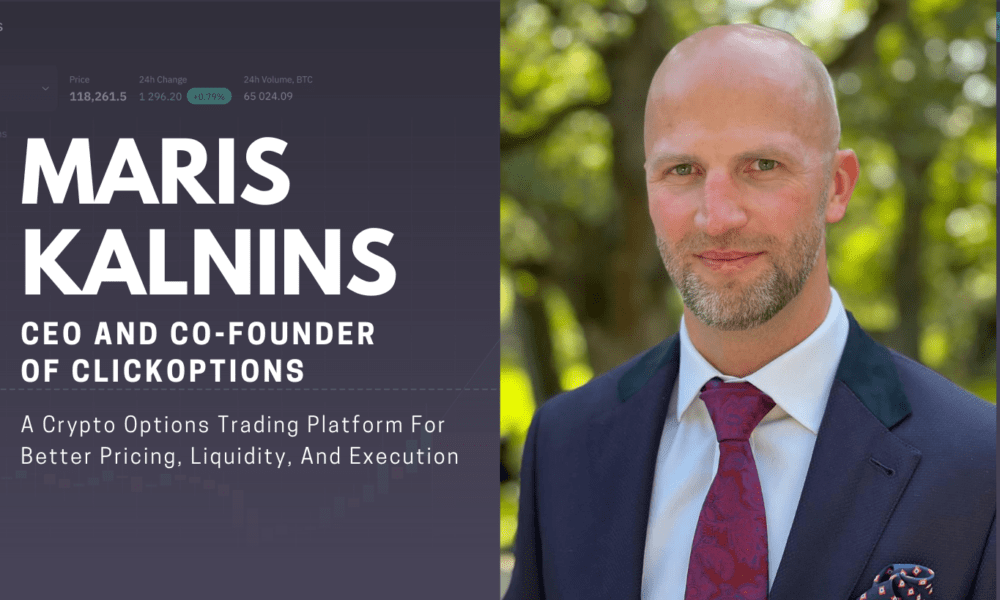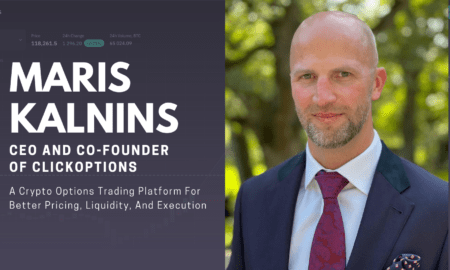Change is the only constant in business. Whether driven by external market forces or internal changes, organisations must adapt to survive and grow. This process is called change management and is the process of moving from one state to another. While necessary, it’s full of challenges, employee resistance, the complexity of changing structures and maintaining business as usual during the transformation.
In today’s fast-paced world, mastering change management is a key skill for business leaders. This article will explore the strategies for navigating the unknown, the importance of resilience and the role of life coaching in preparing executives for change.
What is Change Management and the Challenges
Change management is the systematic approach to managing transitions within an organisation. It’s planning, implementing and reinforcing changes to achieve desired outcomes. However, even with good planning, many challenges arise:
- Resistance to Change: Employees may resist new processes or technology because of fear of the unknown or perceived threat to their job security.
- Communication Breakdowns: Miscommunication or lack of transparency can lead to confusion and no buy-in from stakeholders.
- Cultural Barriers: Changing the organisational culture can be tough, especially in established organisations.
- Leadership Challenges: Without strong leadership, even the best-laid plans can fail.
Knowing these challenges allows leaders to plan ahead.
Strategies for Change
Whether it’s market disruption, internal restructuring or leadership transition, some strategies can make the process easier:
- Have a Clear Vision
A clear vision is your guiding star during uncertain times. Articulating the purpose and benefits of the change will align and motivate employees.
- Communicate Clearly
Communication is the backbone of good change management. Update stakeholders regularly, address concerns quickly, and ensure key messages are consistent.
- Empower leadership
Strong leadership sets the tone for the whole organisation. Leaders should model adaptability, demonstrate resilience and support their teams unwaveringly.
- Engage Employees
Involve employees in the change process by asking for feedback, recognising contributions and providing opportunities for skill development.
- Use External Expertise
A qualified life coach can provide valuable guidance to leaders going through transformational change. With a professional life coach’s insight, executives can gain clarity, build resilience, and approach challenges with confidence.
The Power of External Insight
One of the most overlooked elements of good change management is the value of external feedback. When leaders only work within their organisational bubble, they often miss out on blind spots and biases. Working with someone outside – like a life coach – can bring in a fresh perspective that highlights areas for improvement that would otherwise go unnoticed.
A good life coach is a sounding board but also challenges assumptions, encourages new thinking and helps leaders identify practical solutions. This external input is gold dust for refining strategy and growth.
As Steve Jobs said, “Innovation distinguishes between a leader and a follower”. Getting input from outside your immediate environment can be the key to finding innovative solutions and growth.
Resilience and Adaptability
In uncertainty, resilience and adaptability are essential for executives. Resilience allows leaders to bounce back quickly from setbacks, and adaptability means they can pivot when circumstances require it.
Action Steps for Resilience:
- Practice Emotional Intelligence: Self-awareness and empathy will help leaders manage their emotions and connect with others in times of turmoil.
- Build a Support Network: Surround yourself with mentors, colleagues and professionals who can offer guidance and support.
- Focus on Growth: See challenges as opportunities to learn, grow, and develop a growth mindset.
Practical Steps for Change Management
- Create a Plan: Start with a clear plan, objectives, timelines and key milestones.
- Engage Stakeholders: Get the right people on board early to build trust and collaboration.
- Communicate Openly: Regular updates and transparency will align and build trust.
- Address Resistance: Understand the root cause of resistance and address it early.
- Measure Progress: Track adoption rates, user engagement and adjust your strategy as needed.
- Adapt Leadership Style: Flexibility in leadership is key to overcoming obstacles and success.
Life Coaching in Change Management
Professional life coaches have a key role in helping leaders navigate transformational change. They provide the tools and frameworks to help executives manage uncertainty while focusing on long-term goals. For example, an experienced life coach like Michael Serwa can offer bespoke strategies to build confidence, improve decision-making, and develop a growth mindset.
As Reid Hoffman, co-founder of LinkedIn, said, “No matter how brilliant your mind or strategy if you’re playing a solo game, you’ll always lose out to a team”. Working with a life coach allows leaders to build that support system.
The Science of Change and Resilience
Scientific research proves the psychological and physiological aspects of change management:
- The Neuroscience of Change: Research shows the human brain is wired to resist change because of the comfort of familiar neural pathways. But neuroplasticity – the brain’s ability to form new connections – allows us to adapt with practice and effort.
- The Psychology of Resilience: Research by the American Psychological Association shows resilience is not an innate trait but a skill that can be developed through deliberate practice, such as mindfulness and positive reframing.
As Richard Branson said, “Every success story is a story of constant adaptation, revision and change”. Leaders must accept this to be successful.
Action Steps for a Growth Mindset
A growth mindset – the idea that abilities and intelligence can be developed – is key to navigating uncertainty. Here’s how leaders can do it:
- See Challenges as Opportunities: View obstacles as stepping stones for personal and professional growth.
- Celebrate Effort, Not Results: Recognise hard work and persistence, not just outcomes.
- Learn for Life: Invest in continuous education and skill development to stay ahead of the curve.
Uncertainty with Confidence
Change requires a combination of strategic planning, personal resilience and professional support. Life coaching gives leaders the edge by providing the mindset and tools to succeed in uncertainty.
Leaders can lead confidently and purposefully by building resilience and developing a growth mindset, even in the most challenging times.
As Tony Robbins said, “The only limit to your impact is your imagination and commitment”. With the right mindset and support, leaders can use change to drive innovation and achieve long-term success.



































